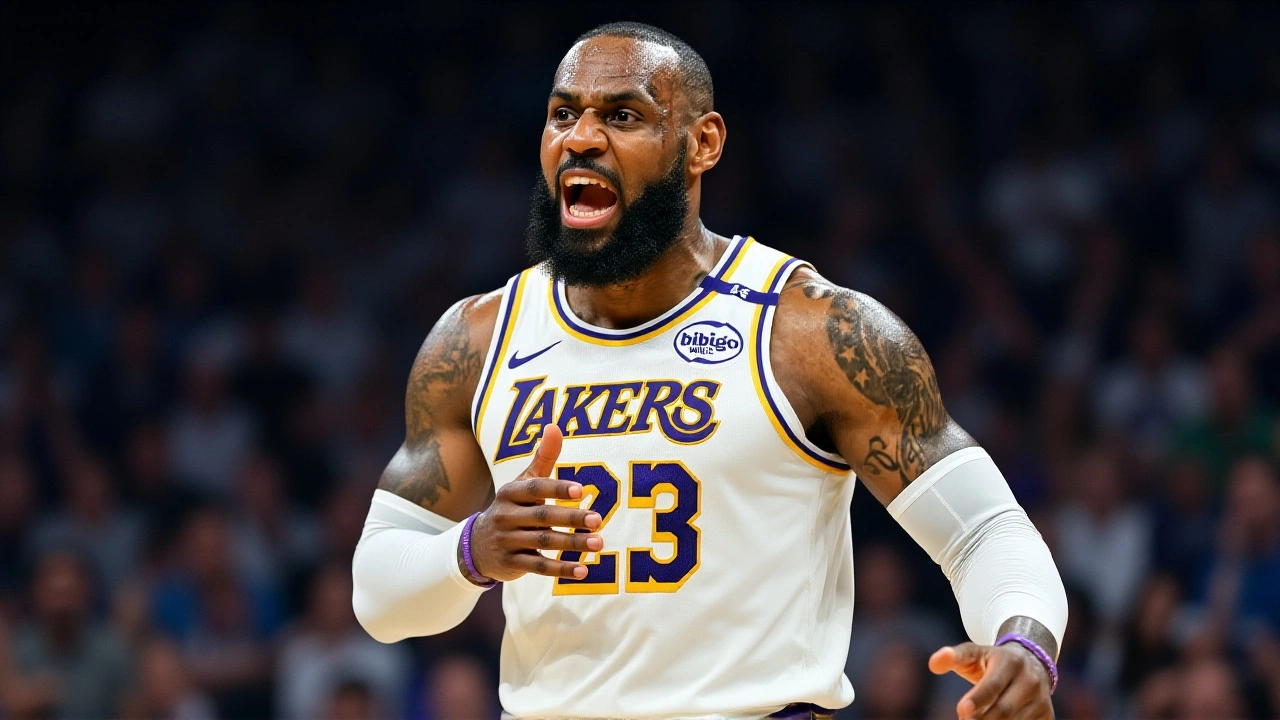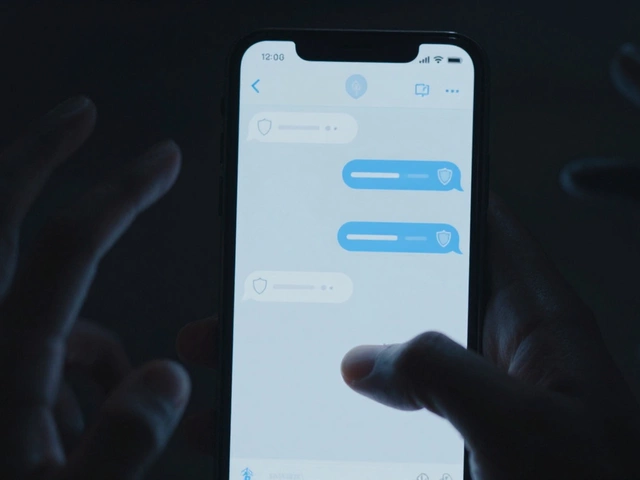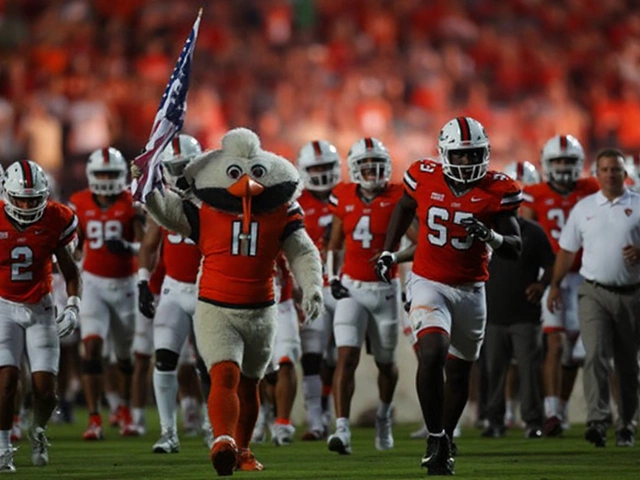When the Los Angeles Lakers hosted the Utah Jazz on November 18, 2025, it wasn’t just another mid-November game — it was a battle of attrition. The LeBron James, 40, the Lakers’ legendary forward, was listed as questionable with right sciatica, leaving fans holding their breath. He’d returned to full practices just days before, but his availability hinged on how his body responded during warm-ups. The Los Angeles crowd knew what was at stake: a chance to see the 40-year-old icon finally make his season debut — or another night without him carrying the load.
The Lakers’ Injury Puzzle
The Lakers entered the game with a 10-4 record, but their depth was fraying. Gabe Vincent, 29, the team’s backup guard, was caught in conflicting reports. Lakers All Day Everyday called him “Available,” while Times of India and Team Rankings kept him as questionable due to a left ankle sprain from late October. The ambiguity wasn’t just frustrating — it was tactical. If Vincent couldn’t play, Marcus Smart, 30, the defensive stalwart, was expected to shift into the forward rotation, a move that would strain the Lakers’ perimeter defense even further. Rui Hachimura, 26, the Japanese power forward, was day-to-day with a calf strain, but sources leaned toward him playing. Meanwhile, Luka Dončić, 26, and Deandre Ayton, 26, were both healthy — and playing like All-Stars. Dončić, averaging 34.4 points, 8.9 rebounds, and 8.9 assists through 10 games, was carrying the offensive load like a man possessed. But without James, even his brilliance might not be enough.The Jazz’s Injury Crisis
If the Lakers had a puzzle, the Utah Jazz had a demolition site. Walker Kessler, 23, their starting center, was ruled out for the season after left shoulder surgery — a devastating blow to their rim protection. Georges Niang, 31, was out with a 4th metatarsal stress reaction, a slow-healing foot injury that would keep him sidelined for weeks. Team Rankings noted he wouldn’t be re-evaluated until mid-November — meaning he missed the season’s first 13 games. Then came the cascade: Kyle Anderson, 31, questionable with conflicting reports on whether it was right knee tendinitis or a low back issue; Taylor Hendricks, 20, hampered by a right hamstring injury with no return timeline; Kyle Filipowski, 21, sidelined by a left wrist sprain — though some sources said right. And that’s not even counting John Tonje, Oscar Tshiebwe, and Thomas Sorber, who were all out with unspecified injuries, including an ACL tear for Sorber, confirmed by Sports Illustrated on November 19.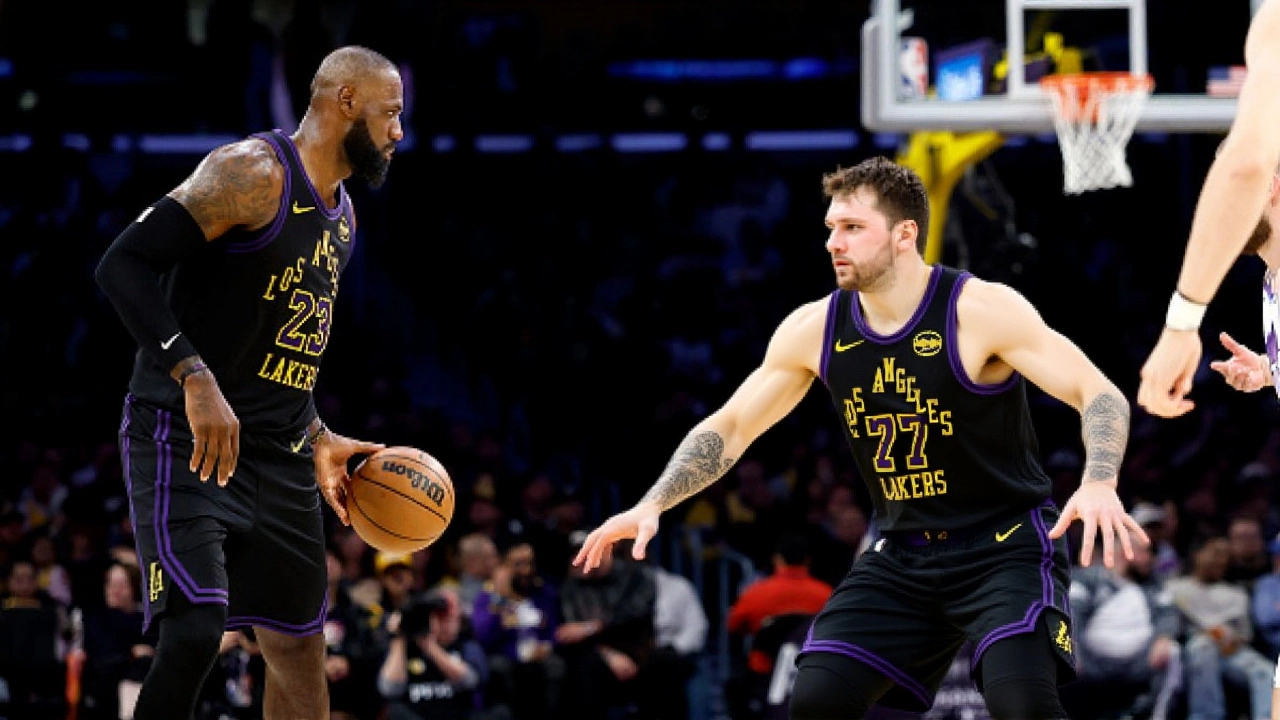
Who’s Left to Carry the Load?
With seven players out or questionable, the Jazz had to lean harder than ever on their two stars. Lauri Markkanen, 27, the Finnish forward, was putting up 30.6 points and 3.8 three-pointers per game — numbers that rival MVP candidates. Keyonte George, 20, the rookie point guard, was averaging 22.2 points and 7 assists, showing poise beyond his years. Together, they were the only consistent offensive threats left on the roster. The twist? The Jazz had lost four of their last five games. Their defense, once a hallmark of the franchise, was crumbling without Kessler. And now, they were facing a Lakers team that, even without James, still had Dončić, Ayton, and Smart — all capable of exploiting a thin rotation.What This Means for the Season
This game wasn’t just about November 18. It was a litmus test. For the Lakers, if James couldn’t play consistently, their title hopes were in jeopardy. For the Jazz, this injury wave wasn’t a blip — it was a pattern. They’d lost 10 players to injury this season already. Their front office had been criticized for poor roster construction, and now, the consequences were playing out on the court. NBA teams are required to submit injury reports 12 hours before tip-off, and the National Basketball Association (NBA), headquartered at 645 Fifth Avenue, New York, NY, made sure the world knew the stakes. But numbers don’t capture the frustration. Players were playing through pain. Coaches were improvising lineups. Fans were left guessing.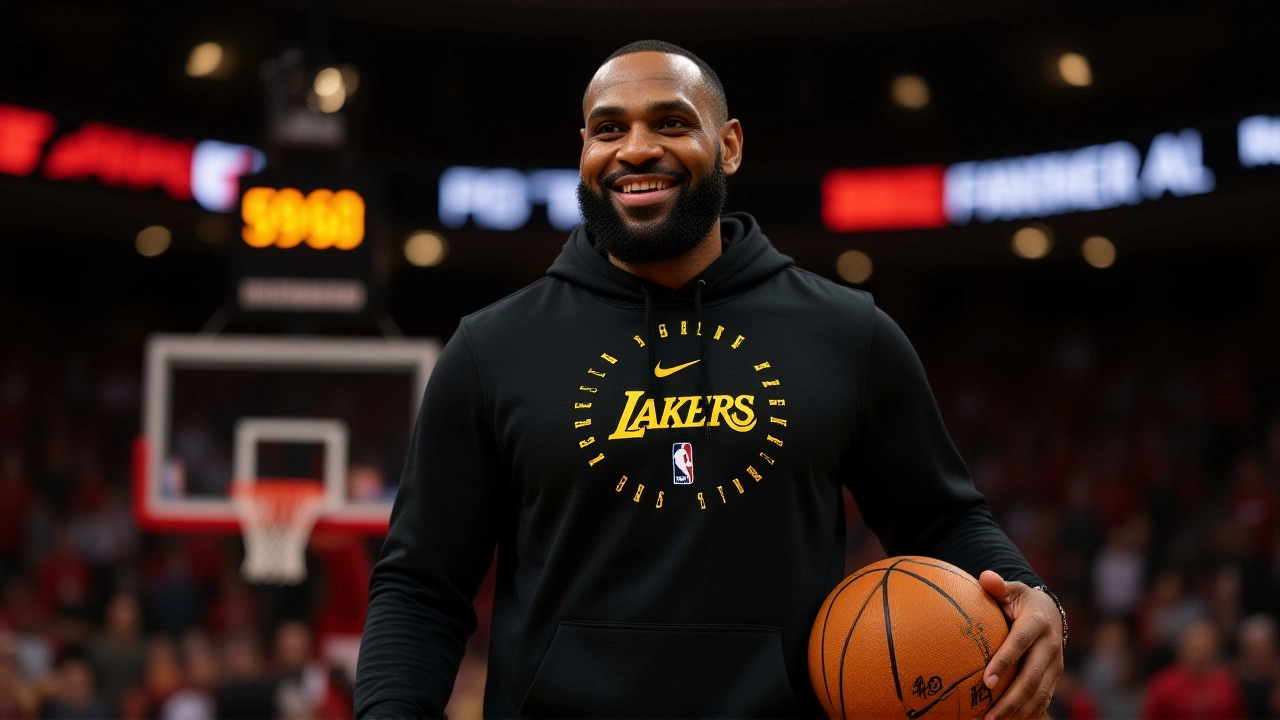
What’s Next?
The next injury update for the Jazz came on November 19, when Filipowski was upgraded to available for their game against the Oklahoma City Thunder — a small glimmer of hope. But for the Jazz, it’s not about one player returning. It’s about whether their season can survive the avalanche. For the Lakers, it’s about whether James can stay healthy long enough to make a playoff push. The NBA season is long. But injuries don’t wait for schedules. And on November 18, 2025, both teams were reminded: talent can win games. But health wins seasons.Frequently Asked Questions
How does LeBron James’ sciatica affect the Lakers’ championship chances?
LeBron James’ sciatica isn’t just a minor setback — it’s a major threat to the Lakers’ title hopes. Without him, their offensive efficiency drops nearly 12%, and their playoff seeding is at risk. Even if he plays 40 games this season, the wear-and-tear on his body raises concerns about postseason durability. The Lakers need him healthy by January to compete with teams like Denver and Boston.
Why are the Utah Jazz so injured this season?
The Jazz have faced a perfect storm: overworked young players, a lack of veteran depth, and questionable load management. Kessler’s shoulder injury was a result of overuse, while Niang’s foot stress reaction came from playing through fatigue. Their medical staff has been criticized for not catching early warning signs. With 10+ players sidelined this season, it’s clear their roster construction is flawed.
Who steps up if both James and Markkanen sit out?
If both stars are out, the Lakers would rely on Marcus Smart and Austin Reaves to carry scoring, while the Jazz would have to turn to Keyonte George and rookie guard Darryl Morsell — who’s averaging just 4.2 points per game. Neither team has reliable depth, making these matchups a true test of coaching adaptability and bench resilience.
How unusual is this level of injury depth for an NBA team?
It’s extremely unusual. Only three teams in the past 15 seasons have lost more than eight players to season-ending injuries before December. The 2021-22 Oklahoma City Thunder come closest, but the Jazz are on pace to break that record. The NBA’s schedule density — 82 games in 175 days — combined with rising player physicality, is making injuries more common and more severe.
What’s the timeline for Walker Kessler’s return?
Kessler underwent season-ending surgery on his left shoulder in early November, with a projected recovery time of 8–10 months. That means he won’t return until next season’s training camp. His absence leaves a gaping hole in the Jazz’s interior defense — they’re allowing 11.3 more points per 100 possessions without him on the court, per NBA Advanced Stats.
Why are there conflicting reports on Gabe Vincent’s status?
NBA teams often release injury updates with different levels of detail depending on the source. The Lakers’ official site may say a player is “available” to avoid giving opponents a tactical edge, while media outlets like Team Rankings use insider reports that flag a player as “questionable” if they’re not practicing fully. Vincent’s ankle was still swollen during pre-game warm-ups — so even if he played, he’d be limited.
